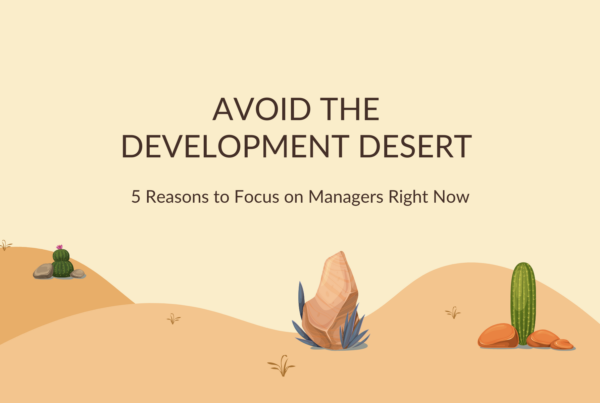Leadership Influence and Self-Awareness
Nerves are abuzz as business students file into the lecture hall for the one of the most famous classes at Stanford Graduate School of Business, Interpersonal Dynamics. It doesn’t teach financial modeling; instead it focuses on soft skills, earning it the affectionate course moniker of Touchy Feely. This cohort of twelve heard rumors about what’s in store. Today, they’ll be required to stack-rank themselves against their peers. Individually, they’ll receive direct feedback and have to face the realities of how much, or how little leadership influence they possess in the group. Tears will be shed. No one wants to be at the bottom of the stack, but someone will fill that slot.
Touchy Feely teaches communication, feedback and other important soft skills to students preparing to lead organizations. One of the key exercises, The Influence Stack, imparts powerful lessons amidst rare and genuine vulnerability. As a facilitator, I’ve observed this forced, awkward, and often painful dance. Inevitably some people feel hurt, but they learn how to effectively increase their sphere of influence and impact.
Top Actions of Influential Leaders
The Influence Stack exercise involves students stack-ranking themselves from the most to least influential in the group. The process is repeated each class period until all 12 students have unanimously organized the stack.
After years of executive coaching and facilitating exercises like the Influence Stack, I’ve found six common actions that help leaders become, and remain influential:
-
Engage in Conflict
-
Have a Strong Voice
-
Listen With Empathy
-
Show Vulnerability
-
Be Decisive
-
Demonstrate Non-defensiveness
Power of influence is one of
the single most important
qualities of a leader.
Soft Skills Are the Key to Influential Leadership
Power of influence is the single most important quality of a leader. Without it, a leader isn’t going to inspire action or drive success. While “hard” or easily measured skills can contribute to a leader’s influence within an organization, soft skills are what separates good leaders from truly influential ones. Here’s a breakdown of those essential competencies:
1) Engage In Conflict
The ability to skillfully engage in conflict is crucial in a group setting. Leaders can’t shy away from conflict; in fact, they can use it to their advantage. Healthy conflict in this context means the ability to disagree while managing against inappropriate anger, hyperbolic speech and accusation that normally characterize unhealthy conflict. Avoidance of conflict does not win trust for a leader because people want to follow someone who can advocate with strength when the moment requires it.
2) Have A Strong Voice
In the Stanford Interpersonal Dynamics setting, the students who speak up receive higher ranks in the influence stack. It reasons that having a voice, and using it, is a primary way to influence others. In this case a “strong voice” doesn’t always mean a loud voice. Strength can be achieved by sheer volume but also with clarity, tone, cadence and other qualities. Individuals who don’t communicate their points of view well, often struggle to shape a common narrative and affect group decision making.
3) Listen With Empathy
The most influential people can seamlessly balance between inserting their voice and engaging with empathic ears. Knowing when to sit silent and actively listen to others allows leaders to successfully navigate conflict.
4) Show Vulnerability
The most influential students find a way to demonstrate vulnerability without oversharing. Vulnerability, when appropriately balanced, forges connections and builds trust. People who are unable to share in an open way struggle to build close relationships and win allies.
5) Be Direct
Students who don’t clearly articulate their needs or expectations in a direct manner typically fall to the bottom of the stack. An influential leader must be able to communicate their feelings without hiding too much behind nuance, jokes or caveat-ed speech.
6) Demonstrate Non-defensiveness
Non-defensive people are capable of hearing a contrary point of view without reacting. The most influential leader can receive negative feedback and even judgement without losing their balance. At the heart of non-defensiveness is the ability to respond rather than react. Non-defensive people may still get angry and advocate for their point of view, but they do it while maintaining an open mind.
Leadership Influence Is a Set of Learned Skills
So, what about those students who scored at the very bottom of their leadership influence stack? Can they become influential leaders? The short answer is yes, the six soft skills I outlined above can be learned, practiced, and honed.
Understanding the strengths and weaknesses of your own leadership style can help you better identify which approach is best for your current role. Check out our ebook, 10 Leadership Styles You Should Know, to learn more about different approaches to leadership and when and how to apply them.



